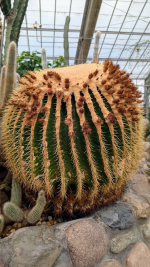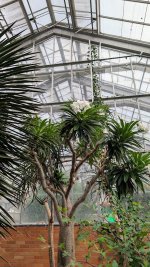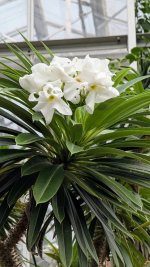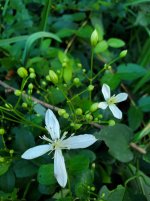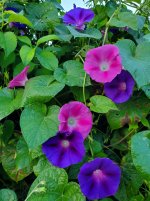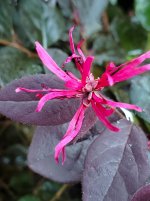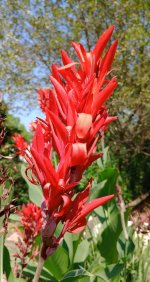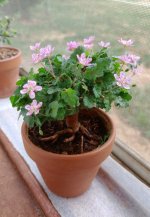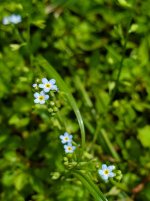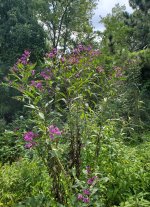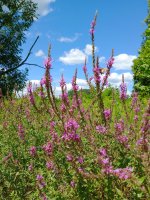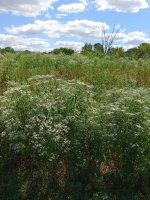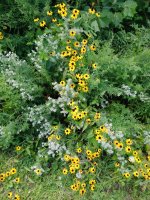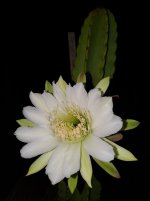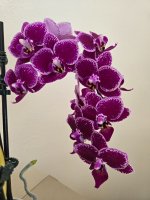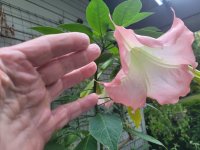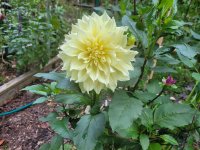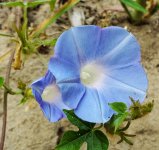The Stanhopea species I had in mind was S. wardii, which has intensely fragrant flowers, a blend of chocolate, mint and clove in a floral note. Almost too much. One plant in bloom, fragrance could be noticed 10 feet away. Not all Stanhopea species are equally fragrant.
One of they most intensely fragrant orchids I ever owned was a Lycaste nana. During daylight hours, zero fragrance. Then beginning about 1 am, it produces an intense fragrance that filled the entire first floor of my 800 sq. ft. home. From 1 am to sunrise, about 5 am, the fragrance was powerful, and strongly reminiscent of "Old Spice" aftershave. A little more floral than Old Spice, but definitely in the same range of spice notes. This continued for the week the flowers were fresh. Fragrance turned on at 1 am, turned off at sunrise. The only reason I discovered that this seeming boring green flowered plant had an amazing fragrance was I was a night owl. Daytime this plant had zero fragrance and no hint that anything would happen "after dark", Reminds one of how many Hoya are night fragrant.
Not everyone can detect all fragrances. Cymbidium sinense has a lovely simple "single note" floral fragrance. Informal surveys have found that maybe 20% of USA people can not detect any fragrance at all. Anecdotally this seems about right.
Alternate case, a flower with a complex fragrance you can have the situation where one can smell one component of the fragrance but not the others.. Oncidium ornithorhynchum, its fragrance was determined to be 5 component by gas chromatography. Those who can smell all components say it smells like a floral chocolate with vanilla blend. Some not sensitive to all 5 components, some say it smells like rusty iron pipes. Other just get a light floral without the chocolate notes. Interesting array of responses to fragrance from the same flowering plant. (reference is an AOS article from early 2000's)
Perception of fragrance is subjective, depending on the observer, potentially a unique experience to each person.
